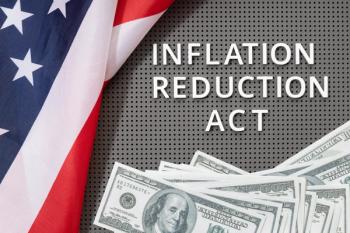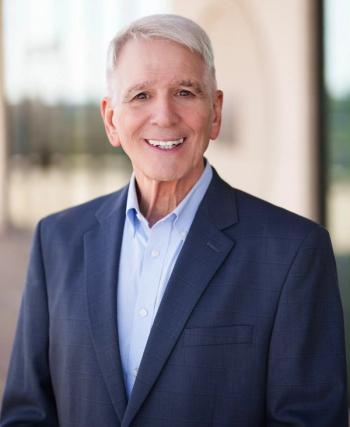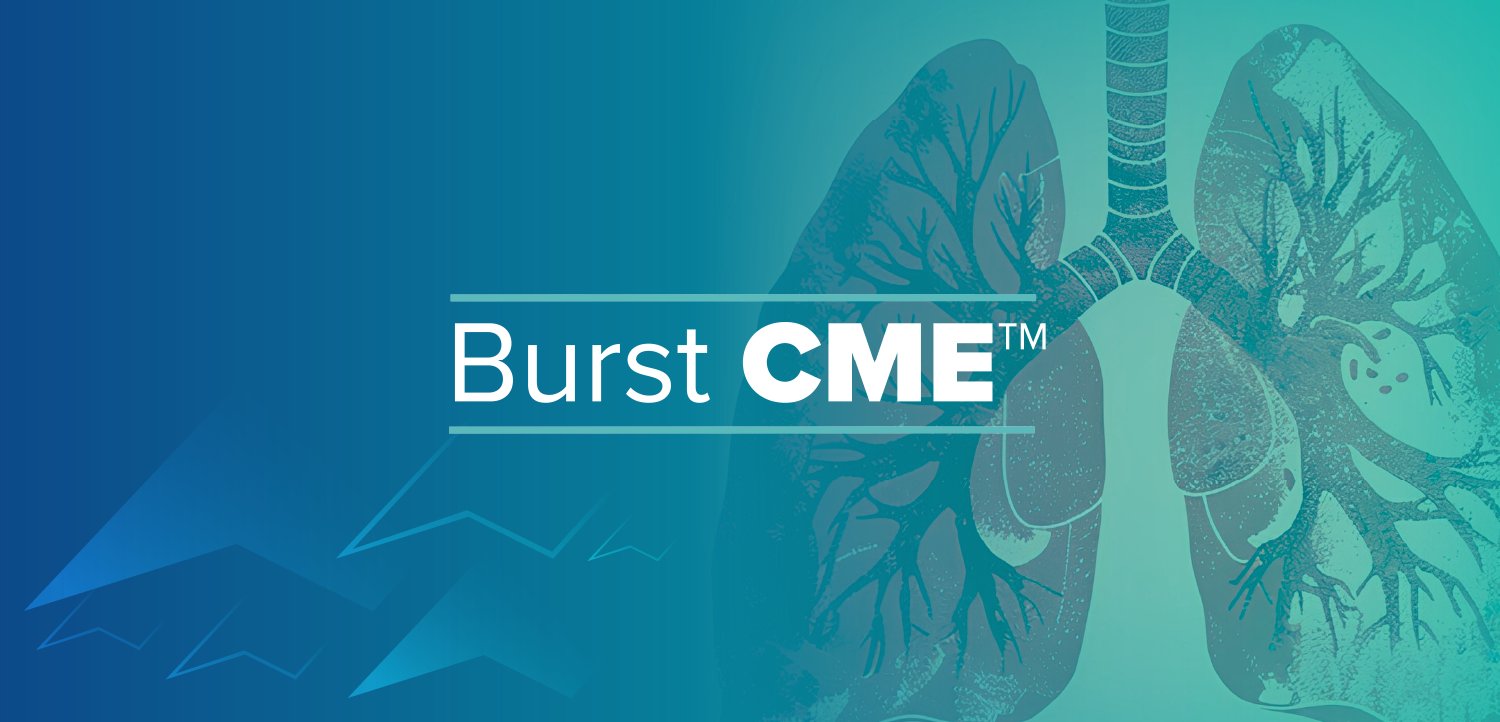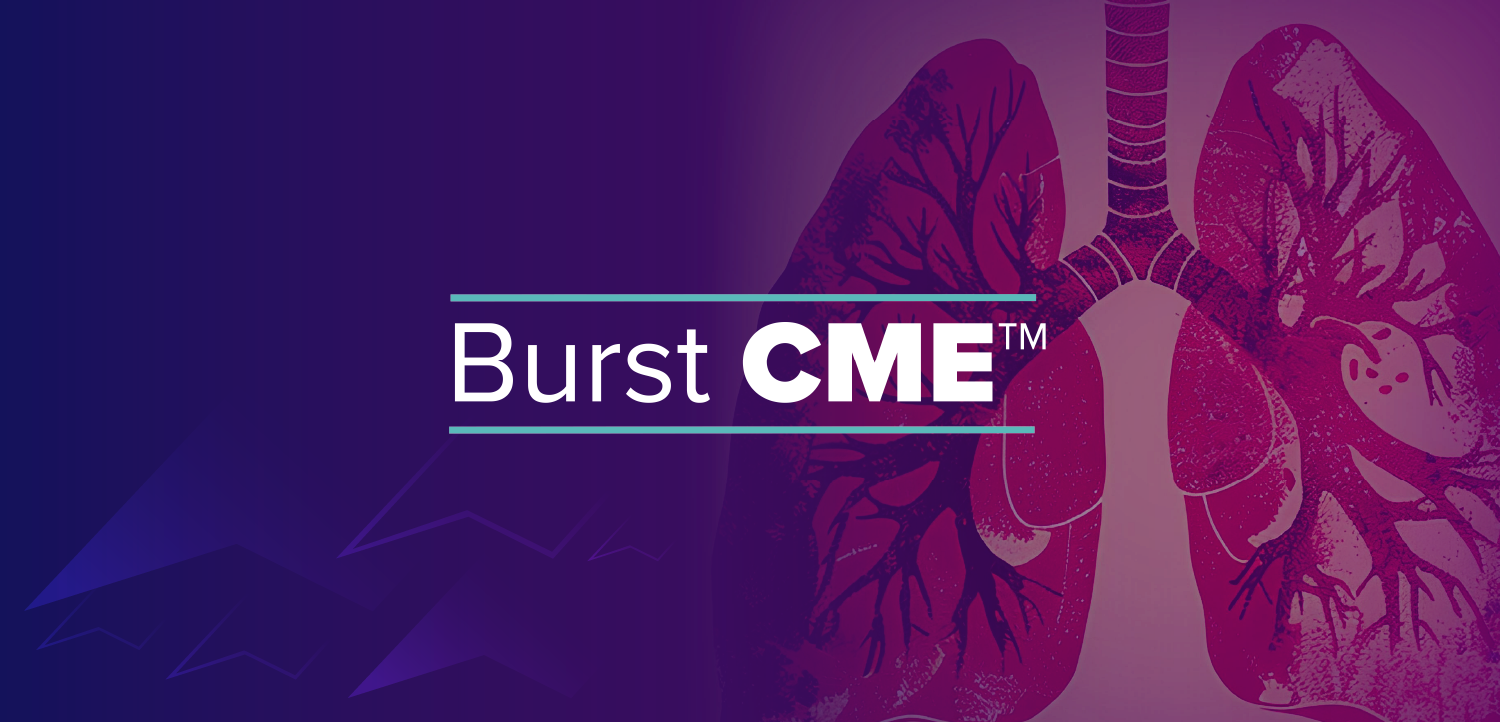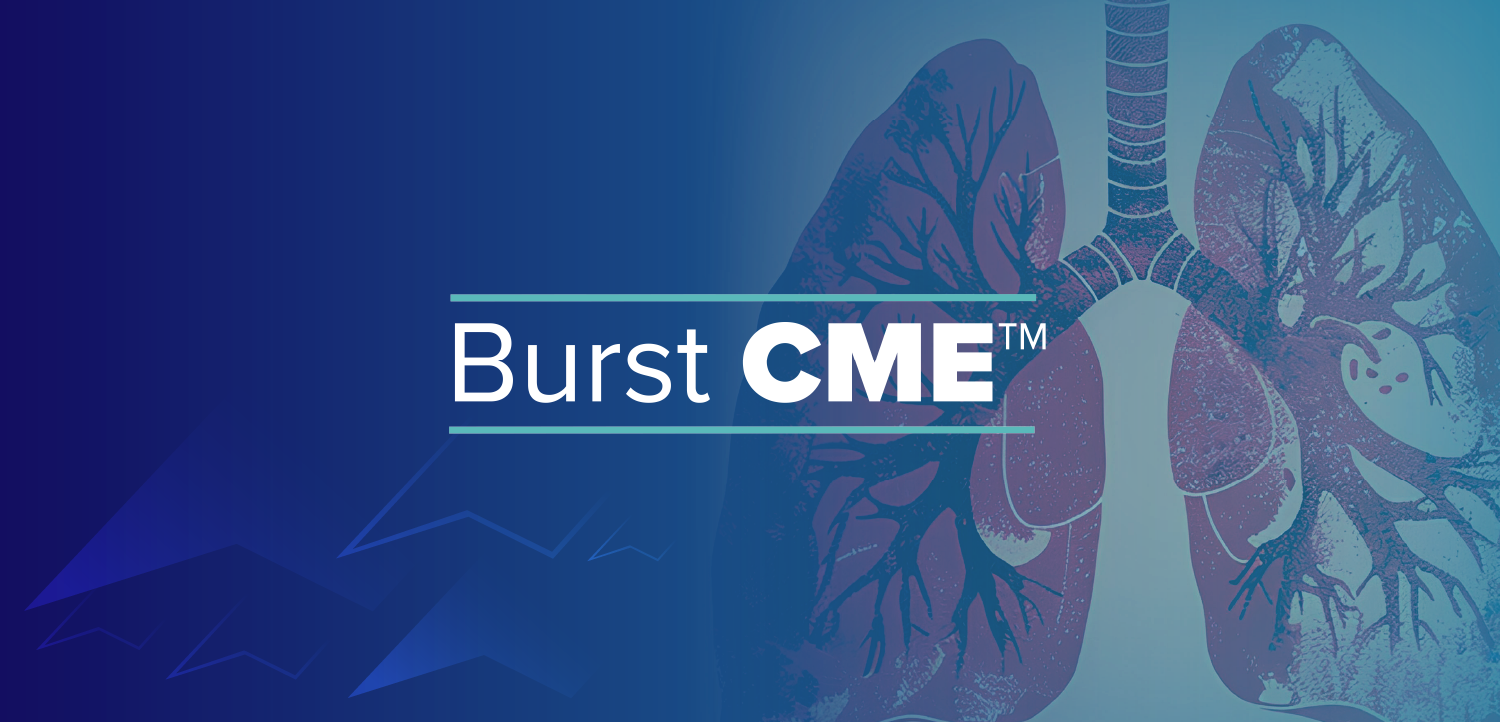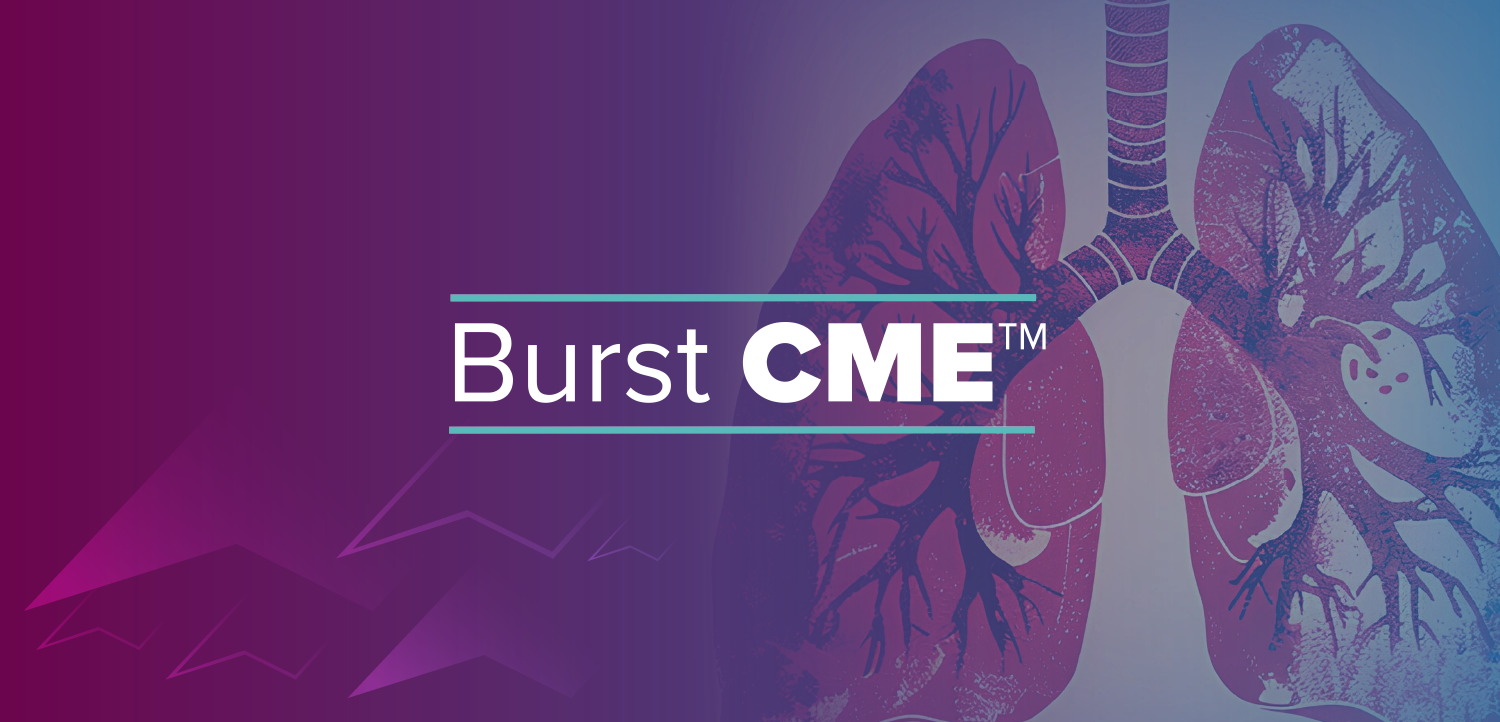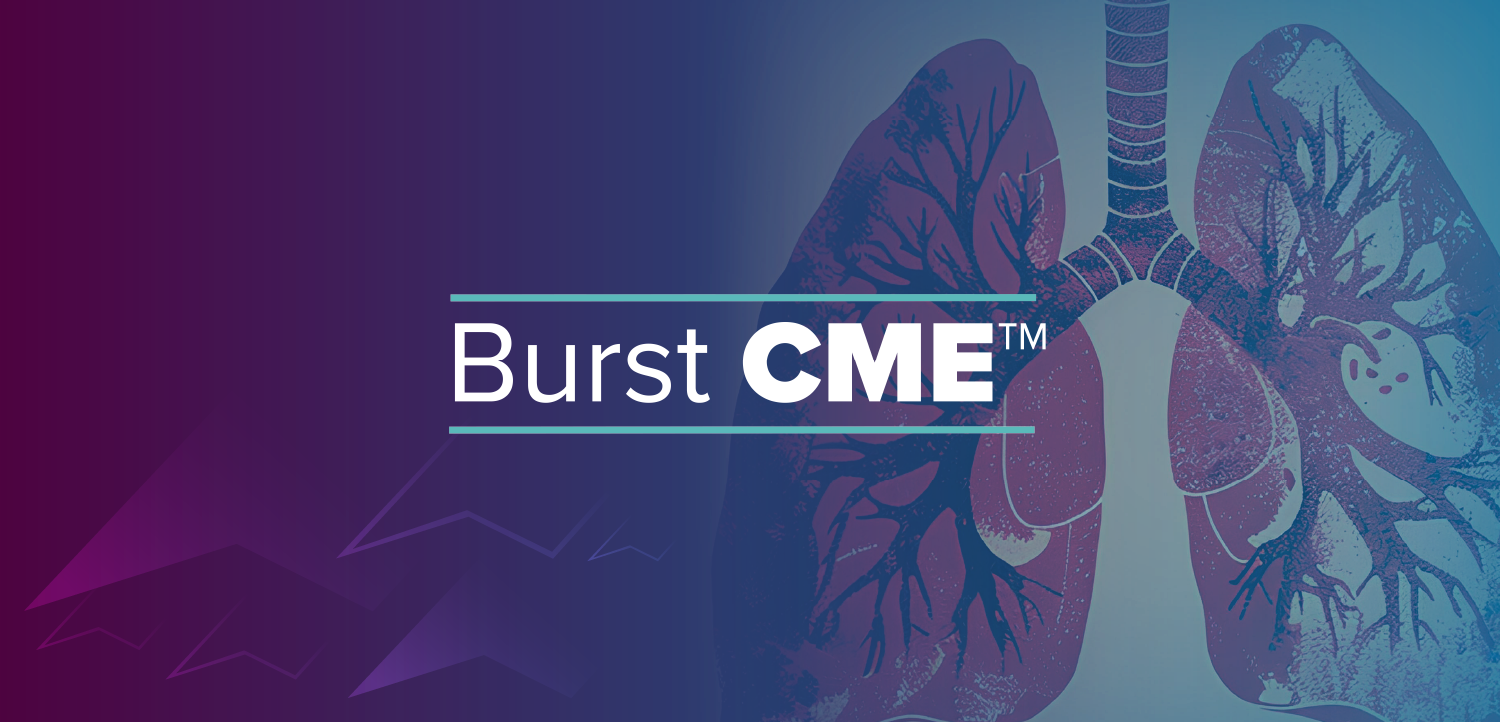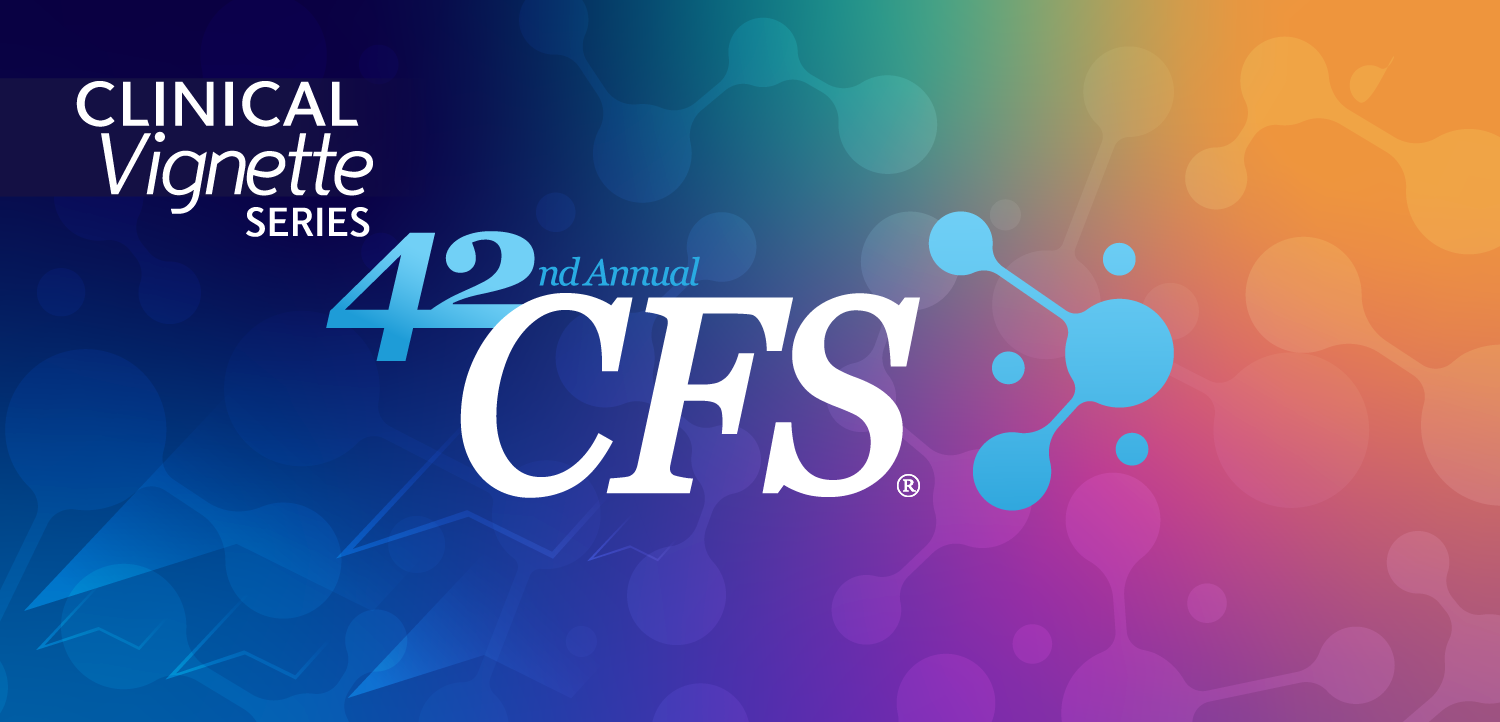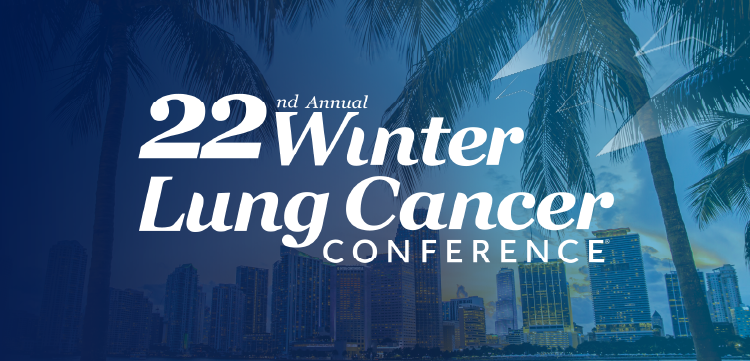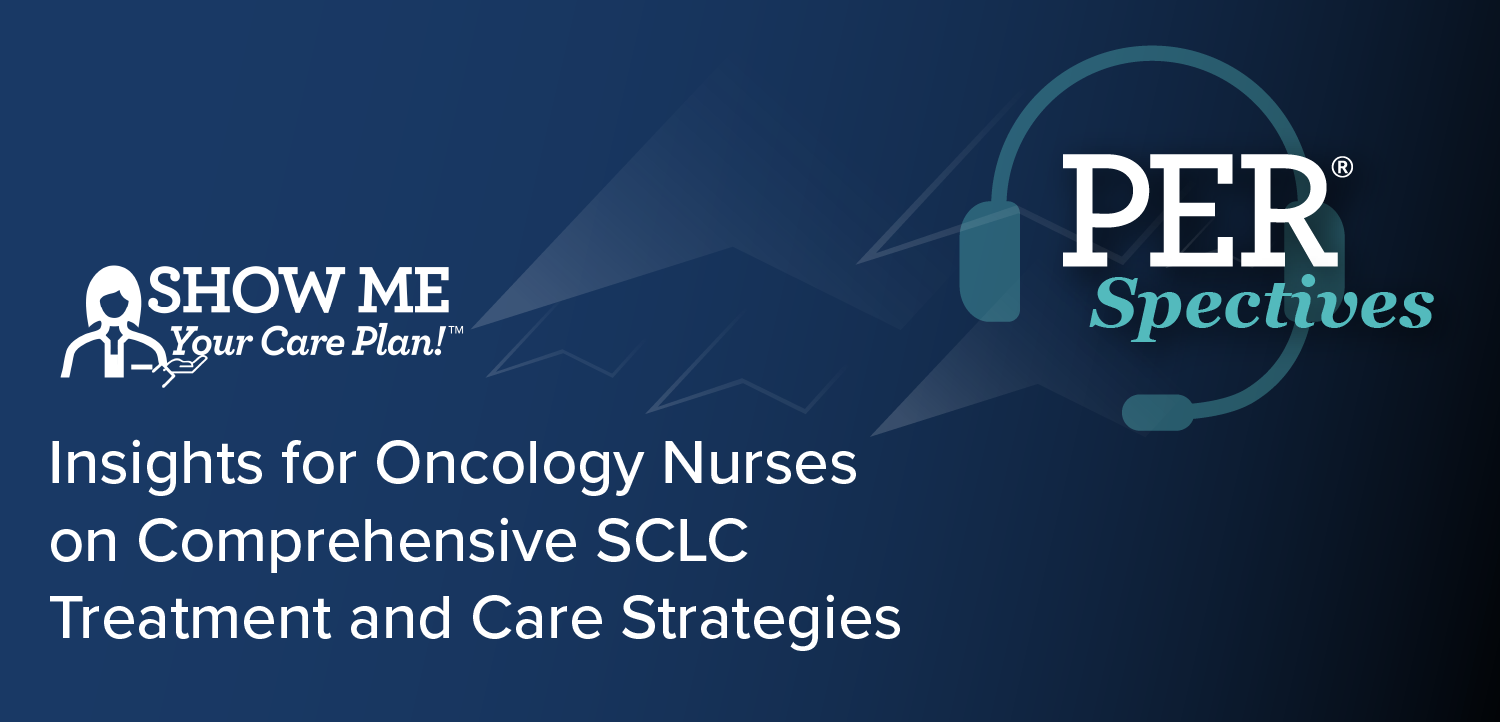
Members change spending habits when engaged in their CDHPs
Employers looking for ways to reduce healthcare costs are finding consumer-driven health plans (CDHP) to be attractive choices as they wait for the health insurance exchanges to go live.
NATIONAL REPORTS - Employers looking for ways to reduce healthcare costs are finding consumer-driven health plans (CDHP) to be attractive choices as they wait for the health insurance exchanges to go live.
"We've seen double-digit growth since we launched our CDHP product line in 2003," says Marlo Murray, senior product manager for consumers and product lines at Health Care Service Corporation (HCSC). "Right now employers are considering a few different strategies, like moving to an exchange or moving to a full-replacement strategy."
HCSC's CDHP program, BlueEdge, includes health savings account and health reimbursement account options. BlueEdge has 1.5 million members.
Guy McGinnis, vice president of client analytics for HCSC, recently studied HCSC members who had been in a non-CDHP for at least a year and then migrated to a CDHP. The study analyzed the members' healthcare behavior and spending habits both before and after the switch.
"We saw a reduction in emergency room utilization, while use of generic prescriptions went up, and wellness increased," McGinnis says.
He found that members who have more responsibility for their healthcare costs were slightly more likely (4%) to take advantage of preventive services. Overall, McGinnis says the members he studied reduced combined medical and pharmacy spend by an aggregate 11%.
RAND's data follows the same pattern. It found that families enrolling in a higher-deductible plan for the first time spent an average of 14% less in the first year than similar families in traditional plans. Cost savings were significant only for enrollees in plans with a deductible of at least $1,000 per person.
RAND's study found a drop in preventive care occurred even though most preventive services are fully covered under consumer-directed plans.
"CDHPs are more complex to setup and administer than other plans, but the benefits pay off," says Murray. "Certainly there is a need for infrastructure and transparency tools so members can understand the cost of procedures at one provider vs. another."
Murray says employers also need to be educated to take a more holistic approach to CDHPs.
Newsletter
Get the latest industry news, event updates, and more from Managed healthcare Executive.


